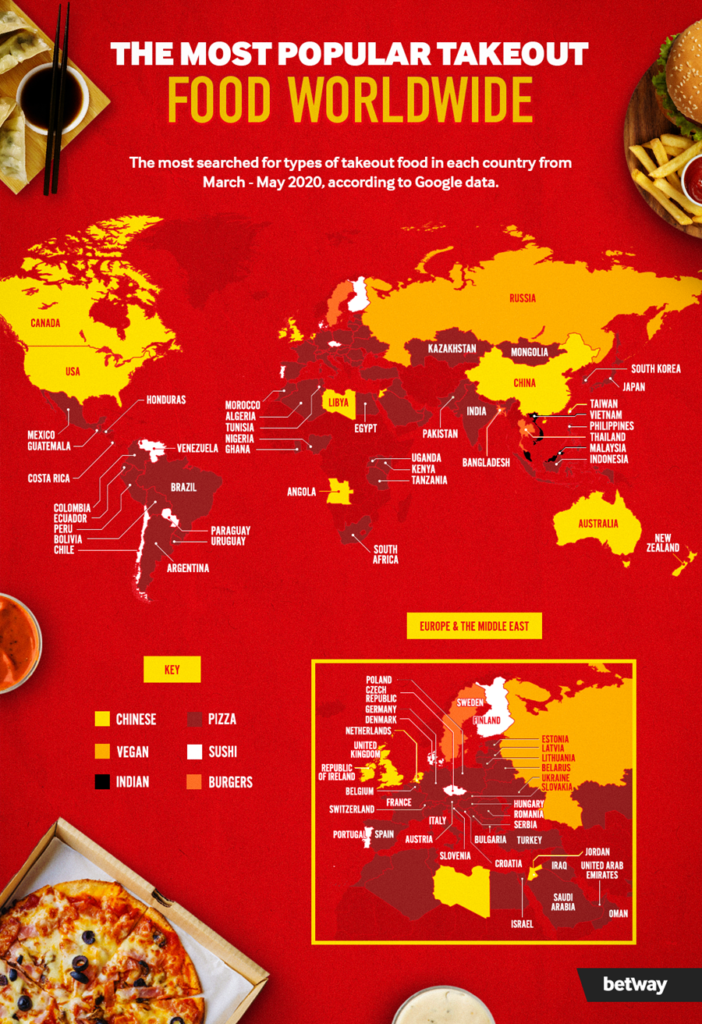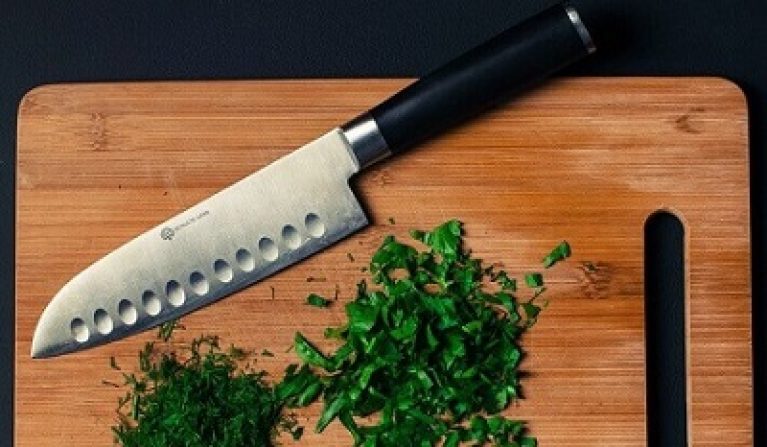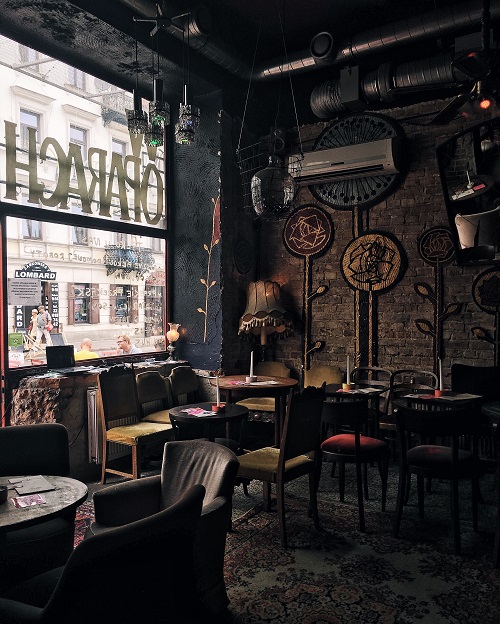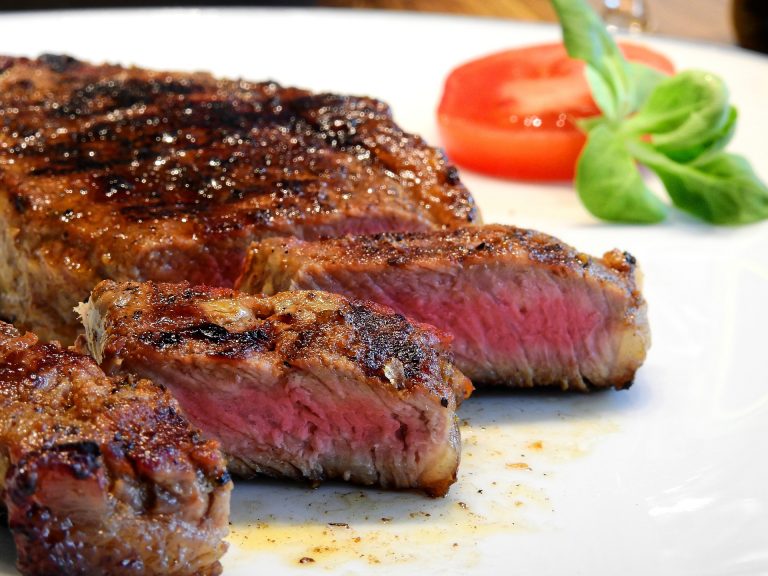More and more caterers are considering introducing home delivery as a measure to mitigate the effects caused by the coronavirus.
In Italy, which was the first European country to be affected by the coronavirus, a large number of catering systems have turned to home delivery as, practically, the only option for work, given that restaurants have faced a number of business restrictions since the crisis began.
Some of them have done delivery before this, and have only increased activities in this segment, while some have established this type of business “from scratch”, in response to the new situation.
But, is this business tool good for all caterers? And, what should be kept in mind when making a decision on the introduction of a takeout?
Restrictions Pushed Food Delivery Ahead
Given the current context, the issue of delivery is, in part, only “imposed”, and is certainly a consequence of the growing need.
Those systems that didn’t previously use delivery, do so now because, without such a tool, revenue practically falls to zero.
And all this because of the introduction of a set of measures that restrict either the work of the restaurants themselves or the movement of people, which leads to the same consequences – a drastic drop in restaurant profit.
The current situation has “pushed” those who have previously, for various reasons, hesitated to introduce this service.
In this sense, we don’t think that delivery is a revolution, but rather an evolution and a consequence of a conscious perception of the new situation.
For example, in the USA, where the takeout market was developed much earlier, there are already specific gastronomic concepts such as Blue Apron, which provides customers with ingredients for the preparation of specific meals, as well as recipes for preparation, so that customers, then, themselves, in their homes, can prepare the desired meals.
A large number of people work from home, cancel large gatherings, and prepare for weeks of isolation. For delivery people, that means more customers, orders, and going out into the “infected world” when no one else wants it.
Logically, all of this means higher revenue for delivering companies. However, the ethical question arises: is it okay to hire someone to take a risk that you don’t want to take? More about it later…

Brands That Dominate in Takeout
Some will be surprised to hear, but most won’t, that McDonald’s dominated searches for branded fast food companies in the period taken into account as the most representative to picture an increased demand for takeout during the coronavirus pandemic – from March to May.
It shouldn’t come as a surprise given that the ubiquity across the world of this California-based burger giant.
Note that McDonald’s is by far the world’s largest restaurant chain in terms of revenue having outlets in more than 100 different countries.
All in all, 41 of 81 countries for which data was available searched for McDonald’s more than any other restaurant or branded food takeout. Most queries were performed from Europe: 26 of the 30 European nations included in the research from Betway.
The claim that was brought in under the previous subtitle of the extent of the development of the US food delivery market is supported by the following fact as well: KFC was the second most popular fast food brand in searches worldwide.
People in 23 countries wanted KFC to deliver food and this is related to people from all continents – mostly by people in Malaysia (301,000 searches per month on average). Actually, KFC serves 25m customers every month in this Asian country.
If we talk about the popularity of one company in a specific place, the most wanted brand in one country was Pizza Hut in the USA (1.83m searches per month on average).
What’s the Risk That Delivery Guys Take?
The answer is more complex than we all think. It seems obvious that one shouldn’t hire someone to do something that will put their health at risk, especially now that people are being urged to be at a distance from others.
At the same time, they don’t receive paid sick leave or days off. If employers don’t hire them, it means that they won’t receive a salary.
Many organizations dedicated to helping workers in America have launched petitions to put pressure on companies to offer greater benefits to their employees who deliver food.
And many companies have since discussed ways to help them. The key problem for deliverers is that they have no alternative, but if you don’t order and use their services, it affects them.
At the end of the day, they are the first to be at risk. The U.S. Centers for Disease Control and Prevention (KFC) estimates that 70 % of foodborne diseases come from food workers.
Some delivery services in America offer a contactless service, where workers leave things that customers pick up later, but this doesn’t necessarily protect the delivery person from anything they encounter on the road.
For people who order takeout food and courier services, another important thing is to be kind and polite. The takeout guys have good experiences, but also bad ones when the customers didn’t treat them nicely.
For part-time workers, appraisal plays a big role. Workers who have a higher rating have an advantage when ordering their services, which means they have to work harder.
Many applications have a limit on how low a grade can be until a worker is fired. Ratings are often very strict.
Lawyers for part-time workers believe that now is the time for customers to put pressure on companies to treat workers differently.
Recently, some large companies, such as Uber, have offered for up to two weeks of paid leave to deliverers if they are infected with the coronavirus or if in quarantine.
Customers who are concerned about the ethical correctness of ordering food and other groceries during a pandemic should consider these issues.
Yes, it’s okay to order delivery, but consider the system more broadly. In the meantime, you can help the workers by giving them a slightly higher tip.







